Traveling to the little central state of Mexico will reward you with a rich culinary and cultural experience.
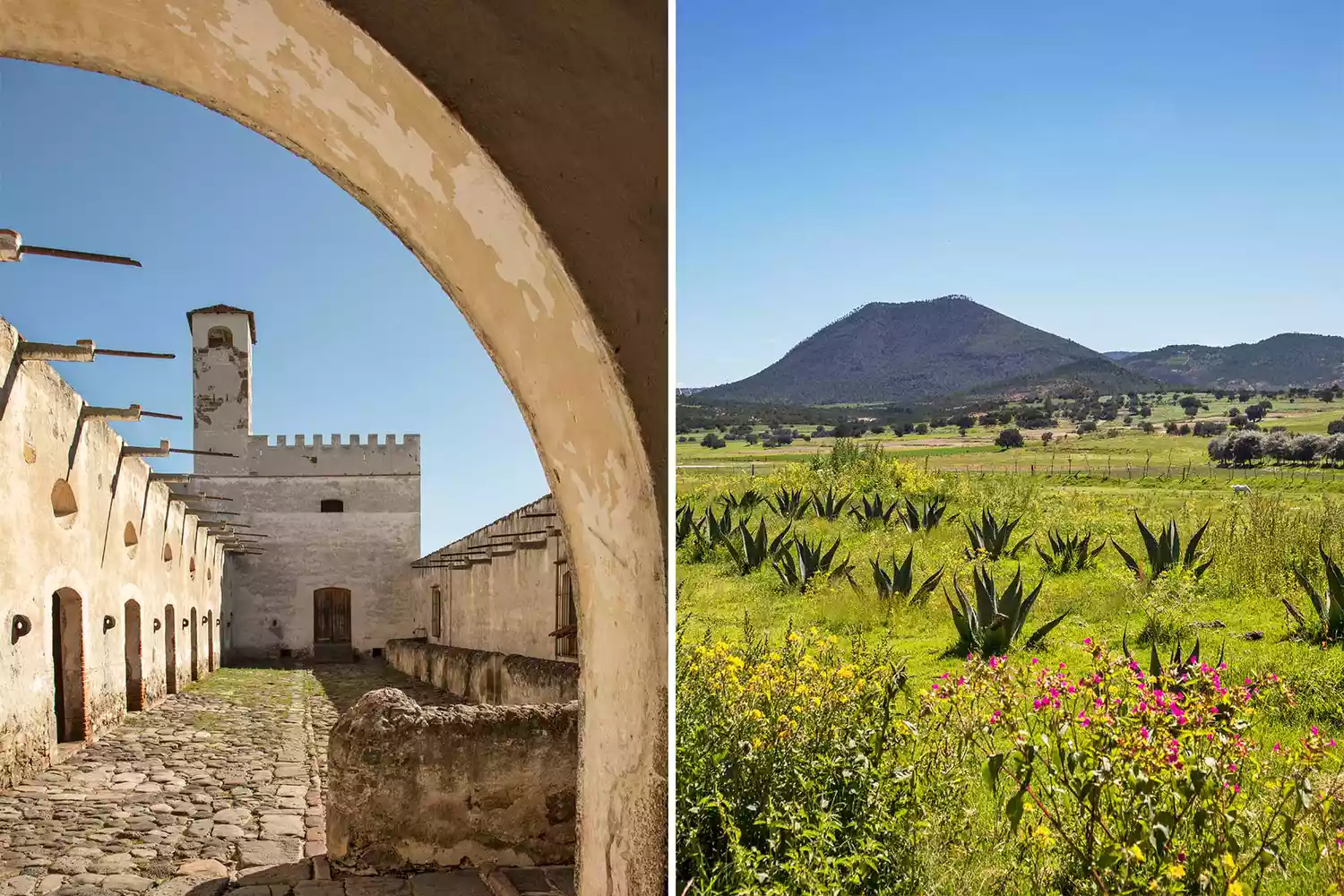
Tlaxcala provides unique insights into Mexico's complicated past that are mostly unnoticed by both domestic and foreign tourists. It is a city-state that is situated in the country's central plateau or Altiplano. About 500 years ago, it was a well-structured city-state that sided with the Spanish in their attack on Tenochtitlán, the center of the Aztec empire and the location of modern-day Mexico City.
Tlaxcala's rich valleys are now home to pre-Hispanic remains, Baroque cathedrals, rural communities still using traditional farming methods, and haciendas that were previously used to make pulque, a fermented agave beverage.
I traveled through the majority of the state this past September over four days, although any portion of the journey can be completed in a single weekend from Mexico City, which is around two hours away by vehicle. Any of the hotels might serve as a starting point for day tours to the other locations.
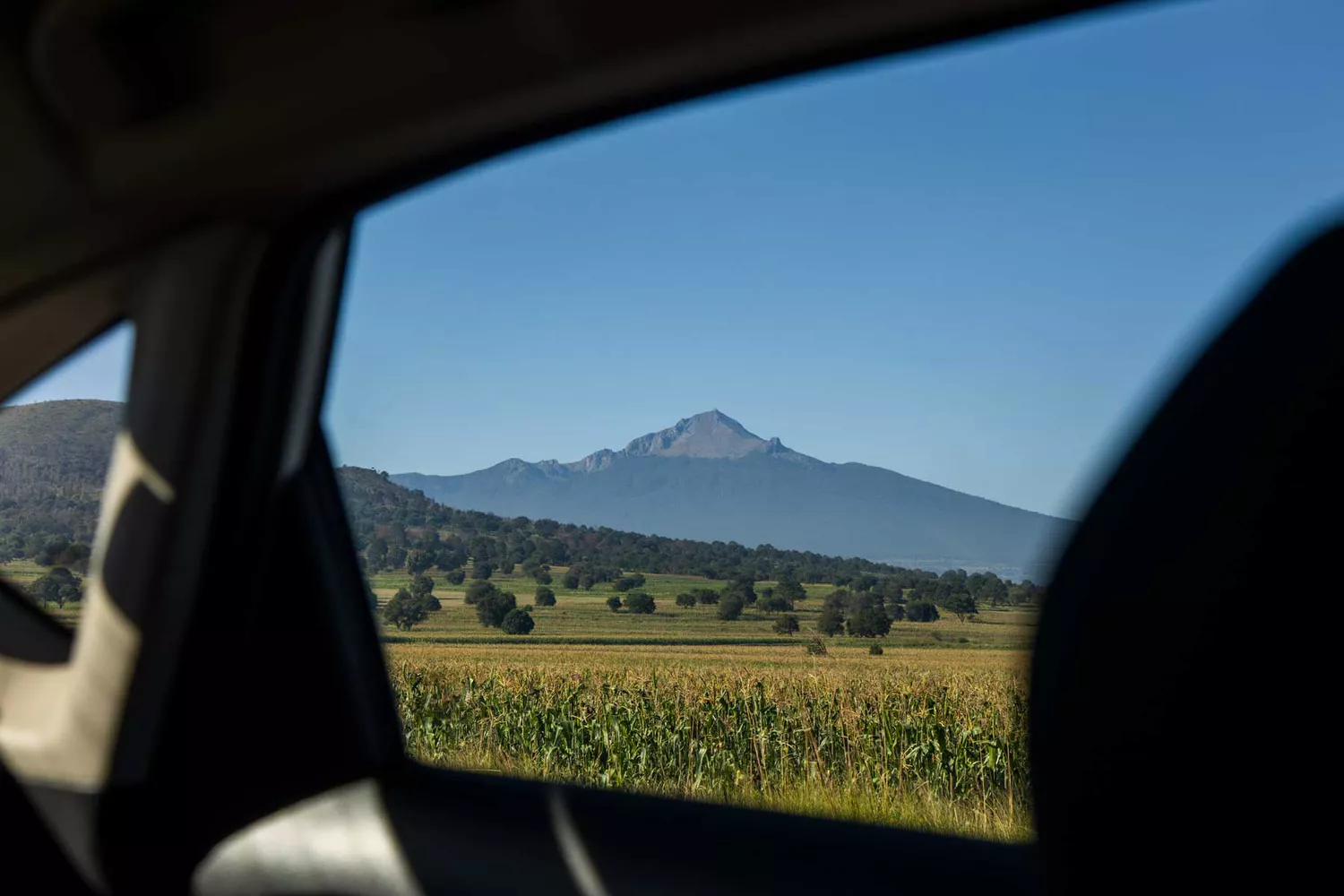
Tlaxcala City on Day 1
One of the two massive volcanoes in the southeast of the capital, Popocatépetl, is visible as you travel through Mexico City after renting a car there. As you go to Tlaxcala City, pause to view the breathtaking murals at Cacaxtla, a 1,000-year-old archaeological monument.
Stop for breakfast at the Modernist Mercado Emilio Sánchez Piedras before seeing Tlaxcala's historic center, which is lined with structures from the 16th to the 19th century (entrance on Avda. Alonso Escalona). Enjoy homemade moles and adobos scooped from large, enameled pots a short distance away, as well as quesadillas offered from baskets in the second-to-last aisle.
Tacos de canasta, often known as "basket tacos," is a specialty of the close-by community of San Vicente Xiloxochitla, and can be found at El Compa food cart in the plaza behind the 18th-century Parroquia de San José (4 Calle 1 de Mayo). Agua de barranca, a delightful beverage made with roasted and ground maize, chocolate, fava beans, cinnamon, and anise, is served at the Cacao Frank food cart by Doa Francisca Romero.
Once you've had a chance to rest, head over to the Unesco-listed Catedral of Our Lady of the Assumption (entry via Plaza Xochitencatl) to admire its magnificent Baroque altarpieces and carved wooden ceiling in the Spanish Mudejar style, which mixes aspects of Gothic and Islamic architecture. A high point of the Tlaxcalteca Baroque style is the Basilica of Ocotlán (Privada del Norte), which was started in 1670 and is located further upward.
Owners Rodrigo Cruz Cruz and Sharim Cortés Holten of the inconspicuous cantina Piensa en Mi provide handcrafted beer and a changing menu of food, including perfectly prepared birria and Chamorro (braised pork shank). Close to the town center is the quaint eight-room hotel Molino de Los Reyes (doubles from $310), housed in a former wheat mill from the 18th century.
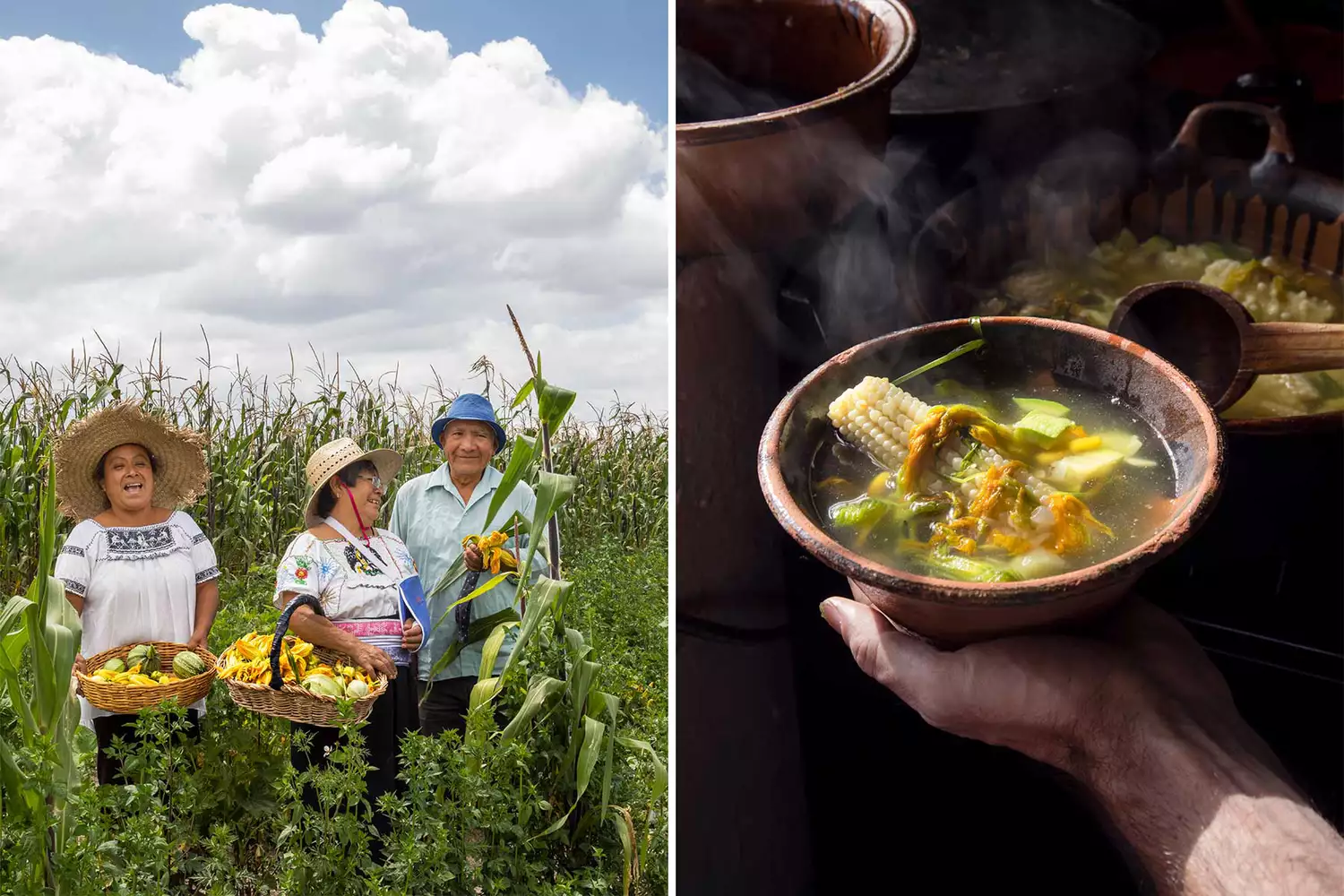
Day 2: Terrenate to Tlaxcala City
Drive east to Contla, a village known for textiles that have been incorporated into the city's expansion, after starting the day with straightforward, satisfying artisanal pieces of bread from Molino's wood-burning oven.
Visit the weaving studio of Ignacio Netzahualcoyotl, a fourth-generation weaver. He uses pedal looms to create modern rugs, shawls, and complex serapes with a small group of dyers and weavers. Seraph weaving most likely started in Tlaxcala, although Saltillo in the north is usually where it is mentioned.
Drive southeast to Huamantla from Contla. The town's central square is the perfect place to grab some ice cream and mueganos, which are fritters made of wheat and cane sugar.
Continue south to the traditional Atom town of Ixtenco where you can stop for lunch prepared by the Baltazar family in their modest home. Their food is inspired by the milpa, a pre-Hispanic farming system centered on the mutually beneficial relationship between corn, squash, and beans. Irad Santacruz, a culinary historian, can assist you to set up a visit by sending a direct message on Instagram at @irad Santacruz.
Drive to the 17th-century Hacienda Tenexac in Terrenate, which dates from the 1800s and is still inhabited by members of the family that purchased it, after lunch (doubles from $135). Enjoy a tranquil night in one of the four log cottages and take in the pastoral quiet of a bygone era.
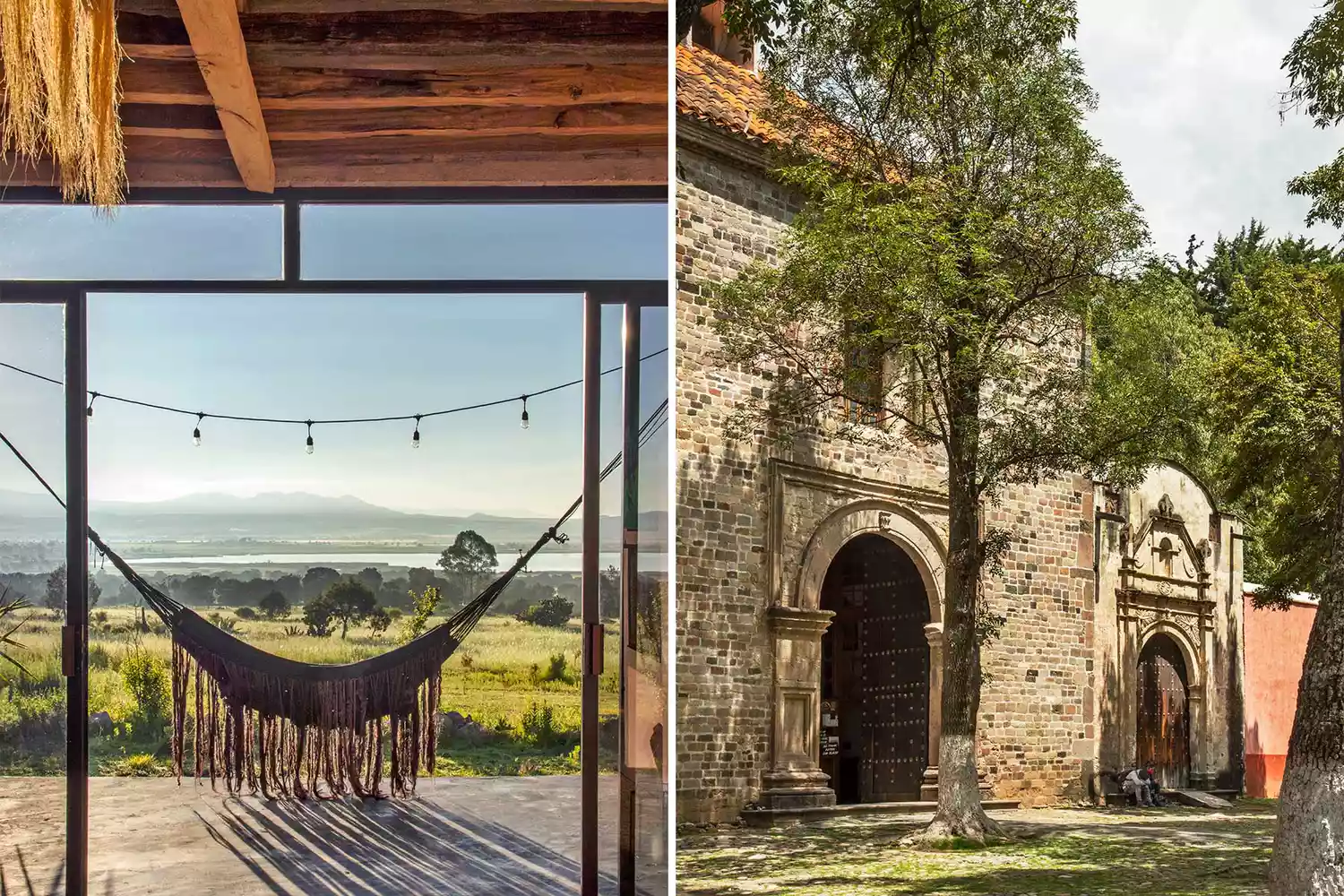
Day 3: Atlangatepec to Terrenate
Join Tenexac's vivacious steward, Paz Yano Bretón, for a tour of the living quarters after a hearty breakfast prepared by her. These rooms are stuffed with diverse furnishings and mementos gathered over the past 200 years. Before traveling west to the industrial city of Apizaco for lunch at Evoke (entrées $10–$22), spend the remainder of the morning lounging on the grass or exploring the hacienda's expansive, wildflower-dusted grounds. In an elegant, minimalist room that is endearingly out of step with the sparse concrete streetscape outside, chef Francisco Molina serves flawless renditions of regional specialties, such as heirloom-corn tostadas with whipped pulque butter or a delicate bean tamale nestled in a rich, oat-based mole.
The Sierra Madre Oriental, which separates the Altiplano from the Gulf of Mexico, is bordered by vast fields to the north after a brief drive. The two-year-old JapoNeza Retreat (doubles from $280) is accessible via a winding dirt road. The hotel's Japanese-inspired guest rooms are open to stunning views of the Atlangatepec lagoon and the cone of La Malinche, a dormant volcano named for the guide and consort of Spanish military commander Hernán Cortés.
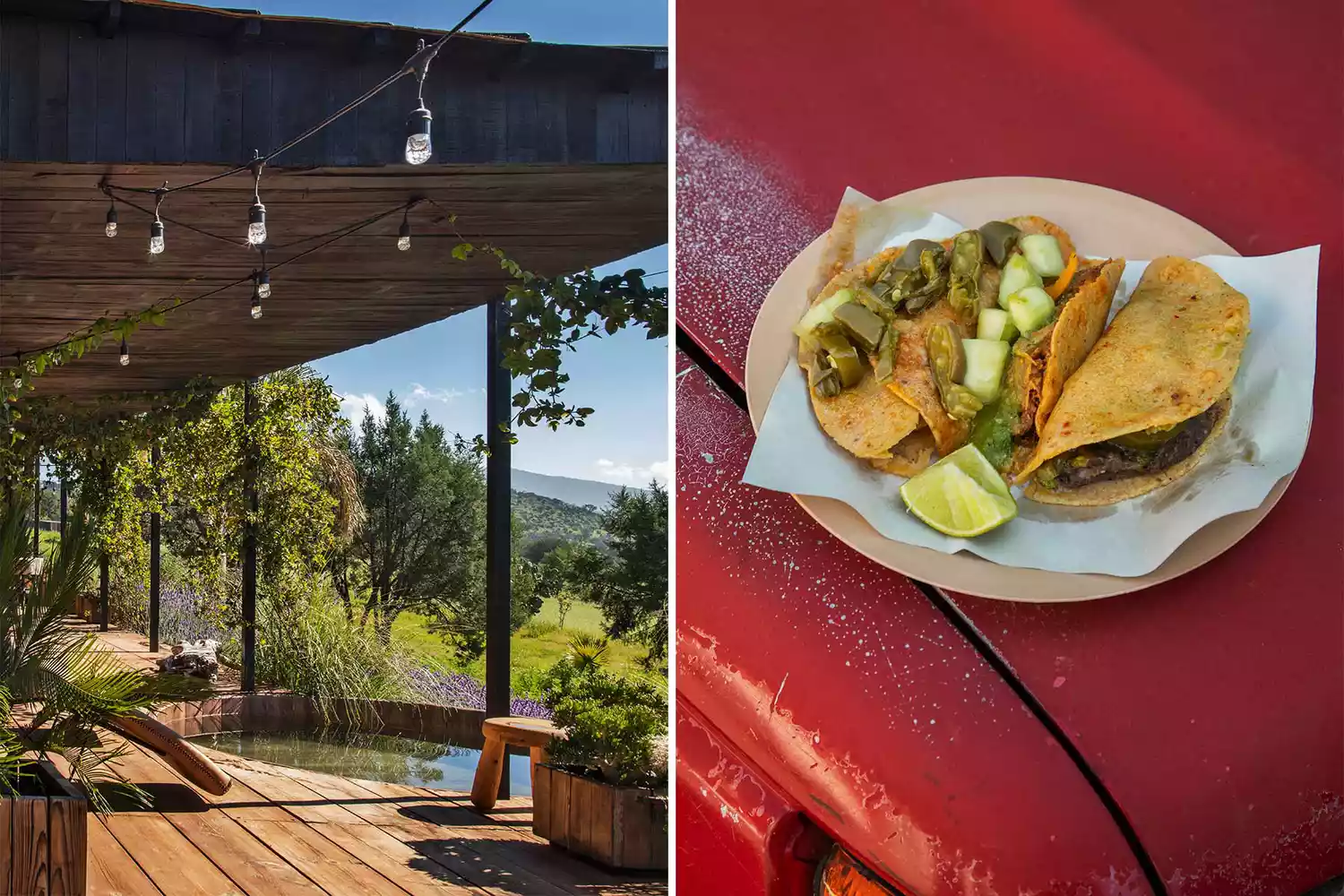
Day 4: Mexico City to Atlangatepec
Get up early for a short climb of 40 minutes to the summit of a hill behind the retreat. As the light comes up, be in awe of Popocatépetl's grandeur and that of its hibernating, snow-capped twin, Iztacchuatl. After leaving, head to the town of Taxco for a breakfast of enpipianadas (tortillas loaded with cheese and covered in a light-green sauce made from pumpkin seeds), which are served at La Casona de Don Agustin and overlook the plaza's tree-lined streets (entrées $6–$18).
The Llanos de Apan, an agricultural area split between Tlaxcala and the neighboring state of Hidalgo that was previously the center of a successful pulque industry, may be reached by traveling west from Taxco. Visit Hacienda Xochuca (by appointment), one of the few places in the area still making the drink, if you're interested in learning more about it in-depth.
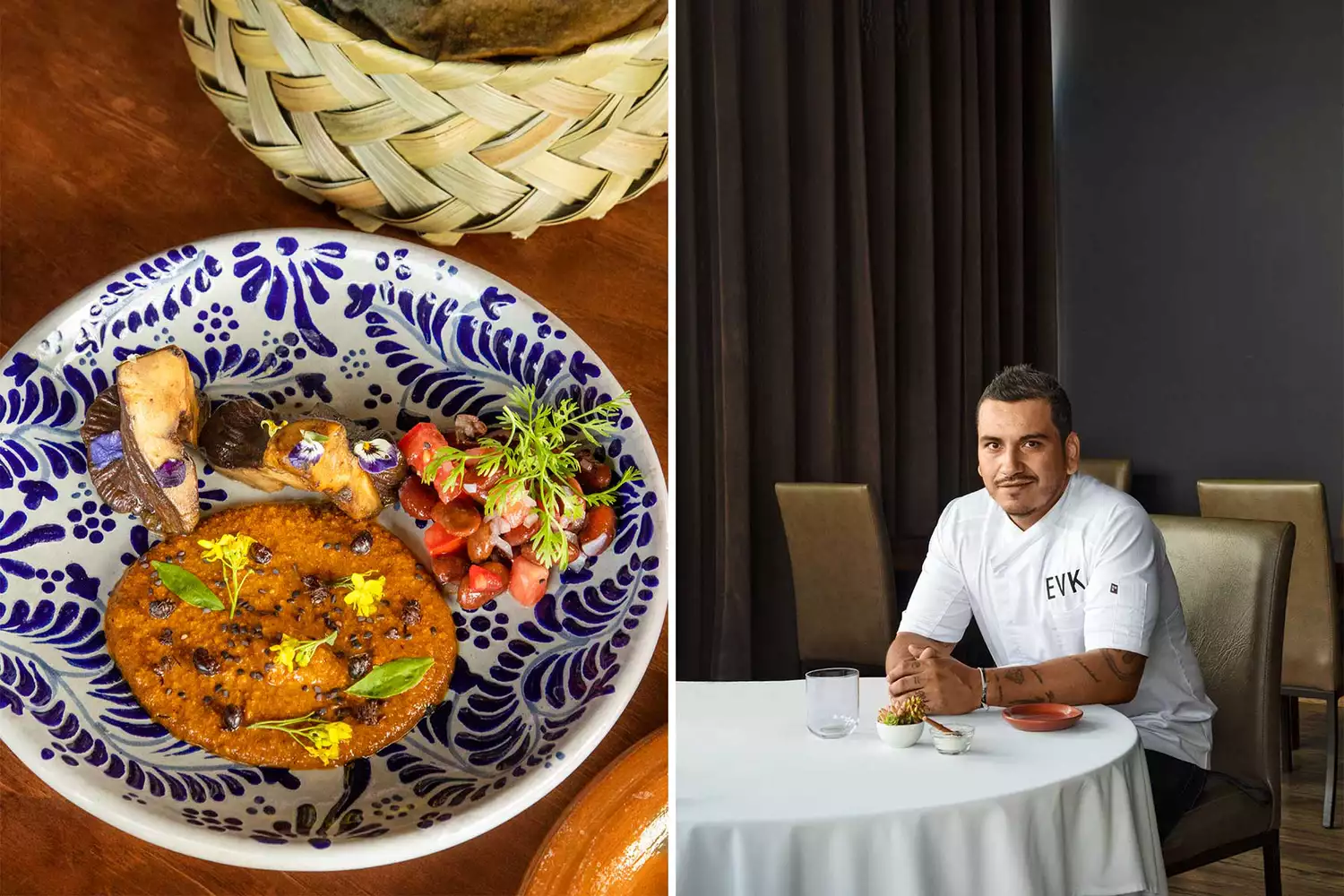
Visit the bare-bones, 60-seat restaurant Xoletongo for lunch (entrées $4–$20), which is owned by the family of chef Marcos Morales Muoz. Its location in the village of Calpulupan, close to a dusty highway, belies Morales's superb tasting menu that focuses heavily on vegetables. On any given day, a feast might feature grilled trumpet mushrooms with a delicately warming chicatana mole or crisp, ivory petals of delicate agave hearts (flying ants).
You can choose to travel to Mexico City in just 90 minutes or return to the mountains for a few more peaceful days.

